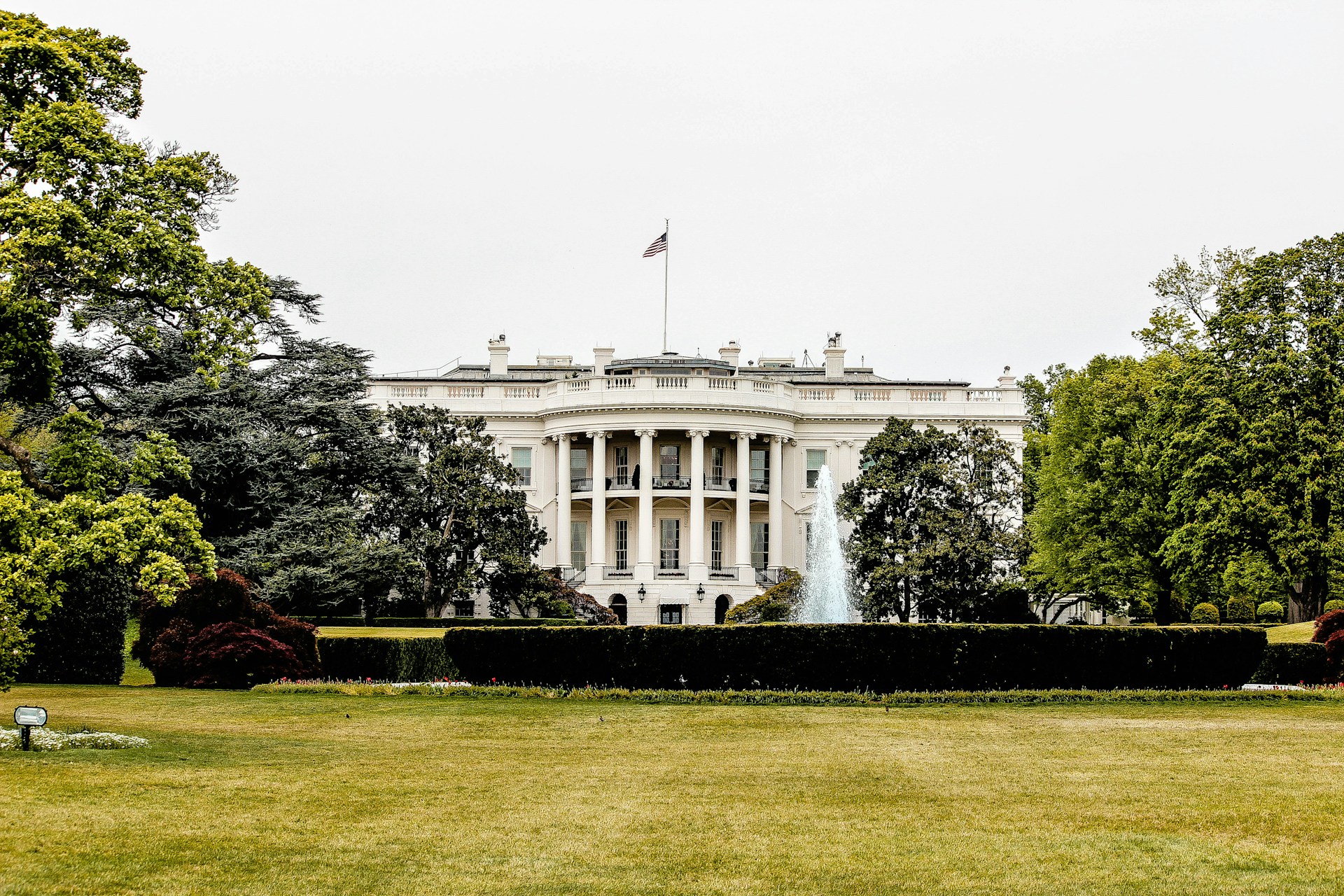As of today, Monday January 20, 2024, Donald Trump is the new President of the United States. The return of Trump to the White House raises significant concerns due to the potential impact it could have on global climate action. These concerns are heightened by the likely, if not inevitable, U.S. withdrawal from the Paris Agreement, as was the case during Trump’s first term.
The return of Trump to the White House does not change the climate situation
The climate emergency and the need for action remain urgent and necessary. The recent wildfires in Los Angeles, the latest in a growing series, serve as a stark reminder of this urgency, especially for the American electorate. The United Nations Environment Programme’s (UNEP) Emissions Gap Report, published at the end of 2024, further emphasises that current trajectories are not aligned with the emission reductions needed to keep global average temperature increases within 1.5°C, that is, to reduce global emissions by 42 percent by 2030 compared to 2019. Instead, the data shows that emissions increased by 1.3 percent in 2023 compared to the previous year. Without keeping global warming below 1.5°C, no nation will be able to guarantee the safety of its people. The climate issue is now primarily one of security and economic prosperity.
So, will the global community be able to achieve climate goals, reduce emissions, and increase financial flows for climate action, even in the face of a potential U.S. withdrawal from the Paris Agreement?
It is undeniable that if Trump follows through on his campaign promises, exceeding the climate target of 1.5°C would almost certainly become a reality. This is primarily due to the global influence of the United States, which still accounts for 11 percent of global emissions. Furthermore, the U.S. is the second largest climate finance donor after the European Union and the largest financial contributor to the United Nations.
Three elements of hope for the future of climate action under the Trump presidency
There are three factors that can keep hope alive for the achievement of climate goals.
The first relates to the social and economic fabric of the U.S.: a significant portion of American society and businesses supports the transition. These actors have the potential to generate a strong push from the bottom up. However, this momentum will need to be accompanied by effective public policies at the city and federal levels.
The second consideration, meanwhile, concerns the actions of other global players, primarily Europe and China, but also major emerging economies such as Brazil, India, South Africa and Turkey. Effective economic and industrial cooperation between these countries, based on trade and financial rules that encourage the development of new green markets, mobilise investments and promote industrial innovation while reducing costs for consumers, would help to keep the 1.5°C target alive and, even more so, the 2°C target. In this context, the outcomes of certain processes will be crucial, including the debate over trade tariffs, the capacity to finance the transition, the definition of Nationally Determined Contributions (NDCs) ahead of COP30, and the reform of the international financial system, which is essential for unlocking investments for the transition of all countries, not just Western ones.
The third factor is that multilateralism remains the most effective solution. Although its frameworks may need to be rethought, this does not change the fact that progress on the climate challenge can only be achieved through dialogue and diplomacy. Multilateral processes are already underway and will continue, with or without Washington’s participation, due to the numerous economic and security interests at stake.
New trade rules for green markets
Concerns about the future of international trade are also growing, given the protectionist policies that are likely to be adopted by the Trump administration. The key difference between now and 2016, when Donald Trump began his first term, is that technological innovation, as well as the ambition to capture green technology markets in Europe and especially China, is now driven more by competitiveness than by climate goals. From this perspective, a possible American retreat from green markets would be an act of economic self-sabotage, enabling China and Europe to capture an even larger share of the market.
Additionally, Europe and China, as the main “consumer” markets for fossil fuels, have a shared interest in quickly reducing the risks of price volatility and supply disruptions arising from dependence on gas and oil imports. Recent increases in gas prices have been among the leading causes of inflation and public spending (for example, Italy spent more than 90 billion euros to address the gas price crisis in 2022-2023 and allocates 17 billion euros annually in fossil fuel subsidies).
The remaining obstacles
Trump’s new presidency strengthens the influence of fossil fuel interests, supported by entities that strongly backed his campaign. This level of influence is also significant in Europe, including Italy. The problem becomes more acute when fossil fuel industries fail to offer credible solutions for achieving climate goals and work to hinder the adoption of green technologies such as renewables, energy efficiency and electric vehicles.
Another major obstacle remains the inability and lack of political will from policymakers and institutions to design public policies that effectively address the needs of contemporary society, including those related to decarbonisation. This is where the bottom-up push from society and businesses advocating for change is more important than ever, not only in the United States.
Photo by René DeAnda







